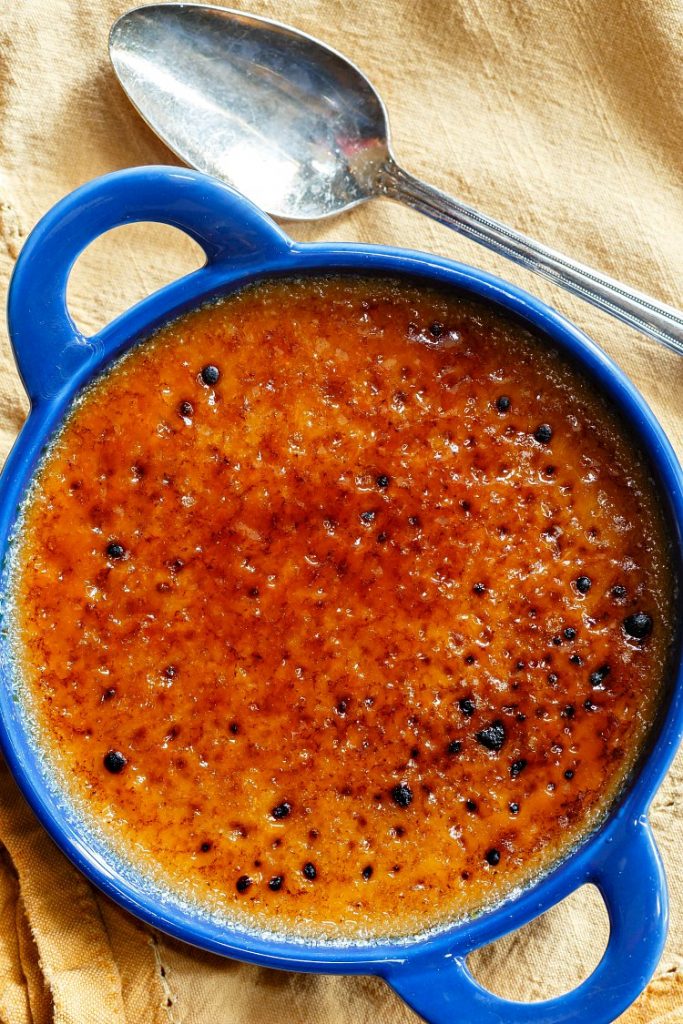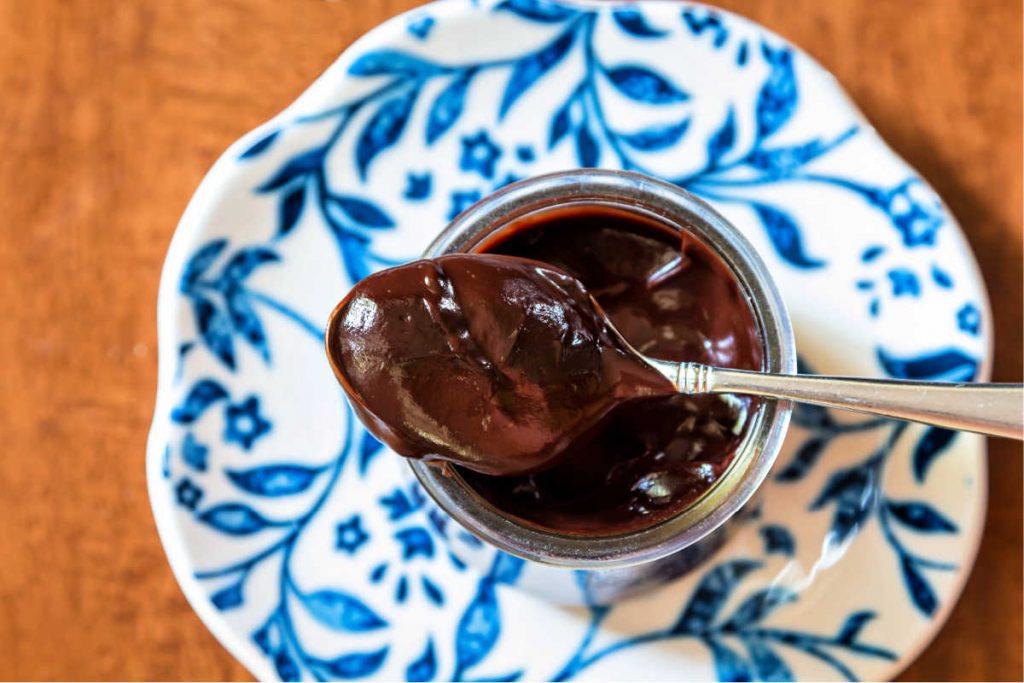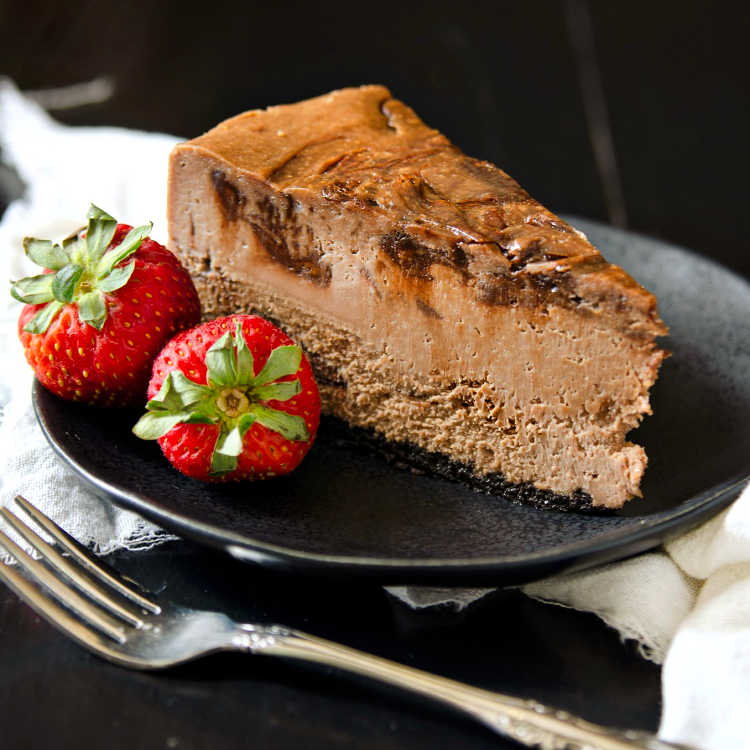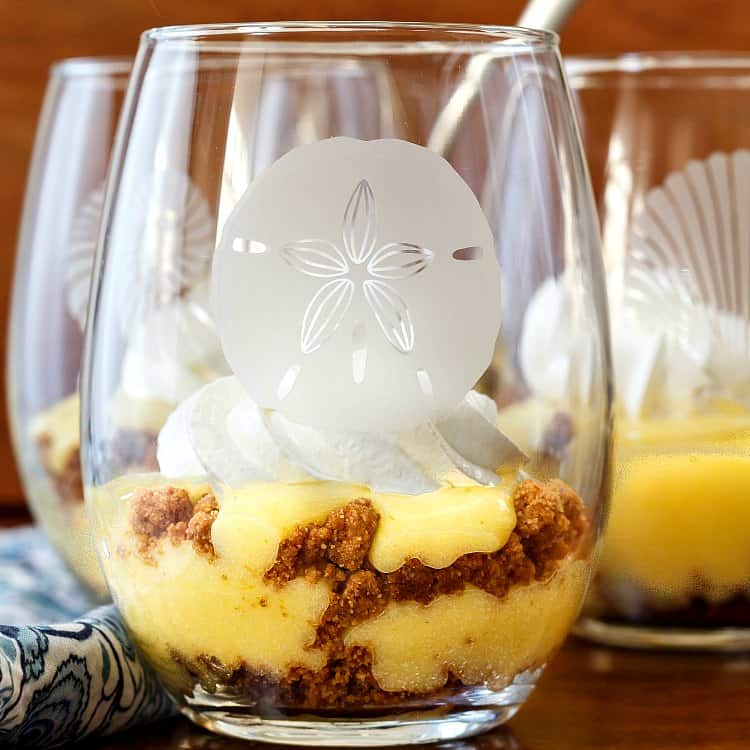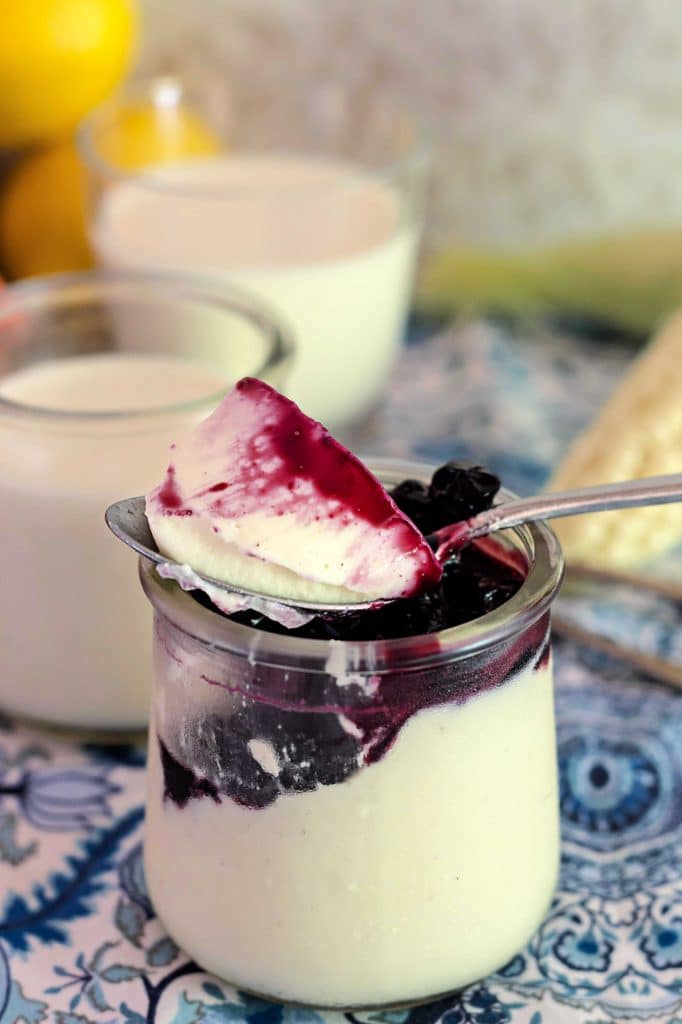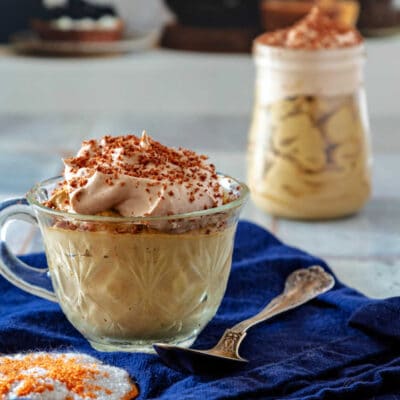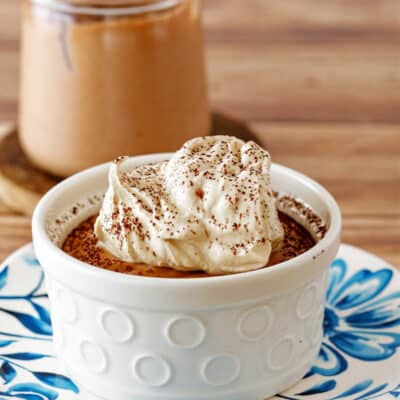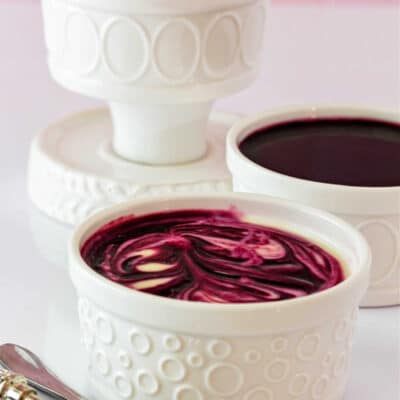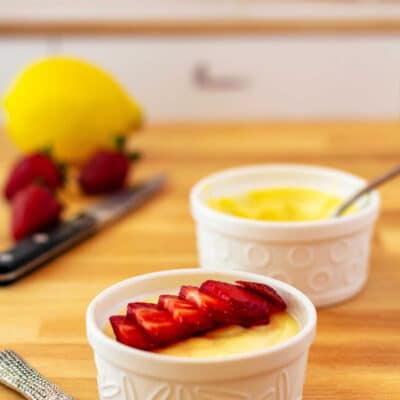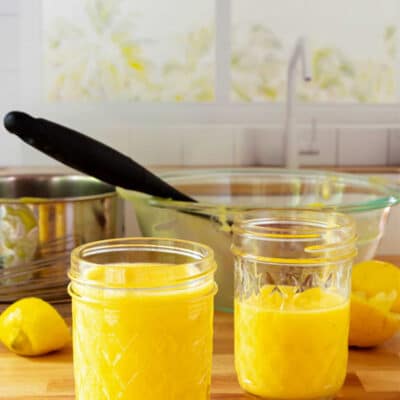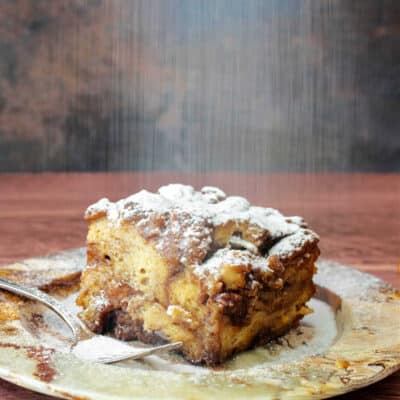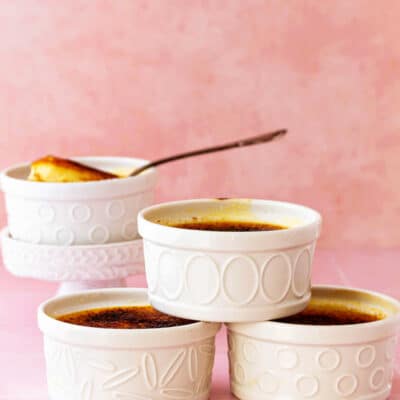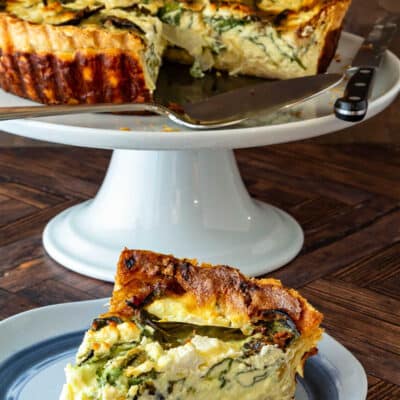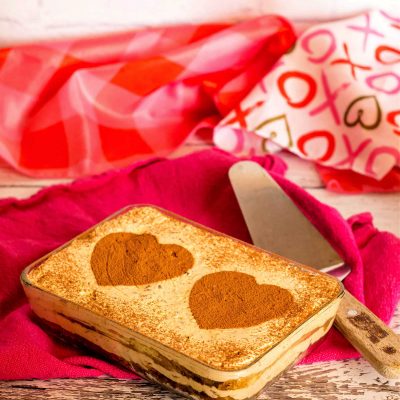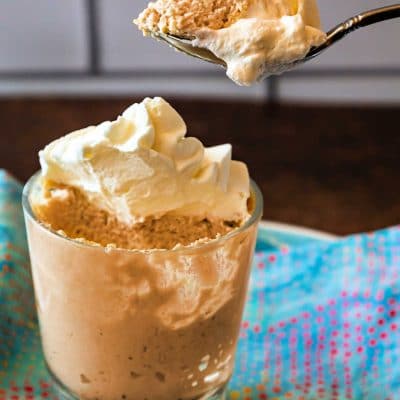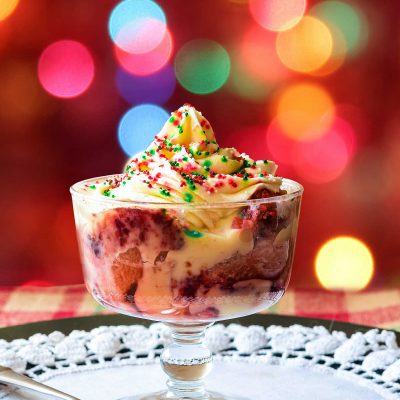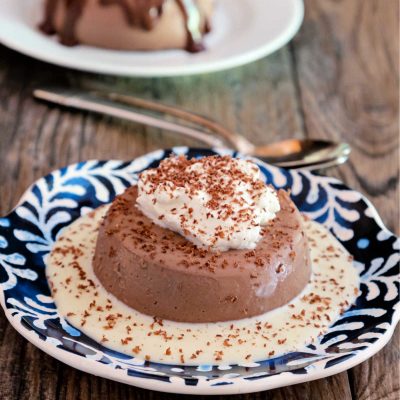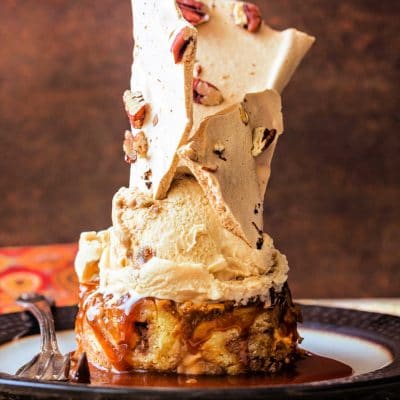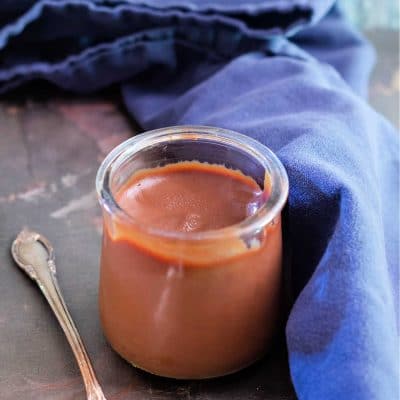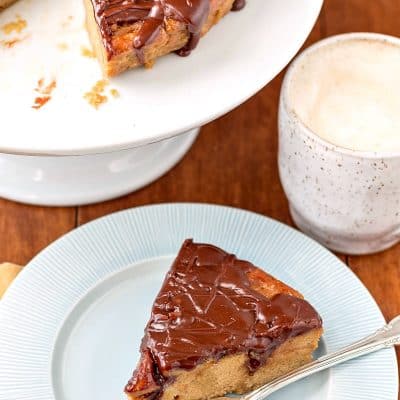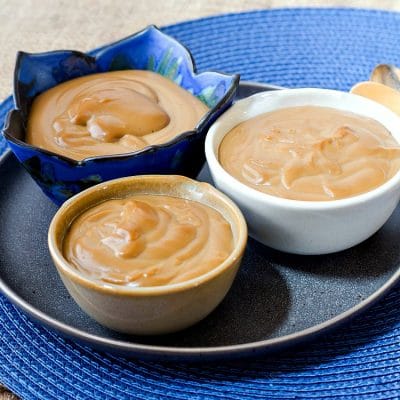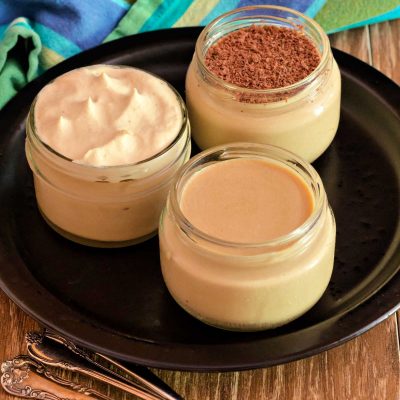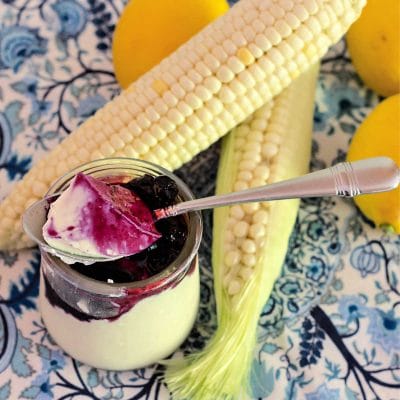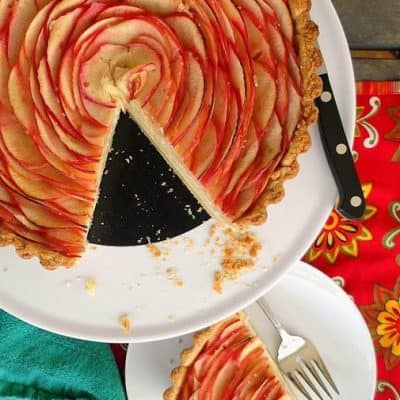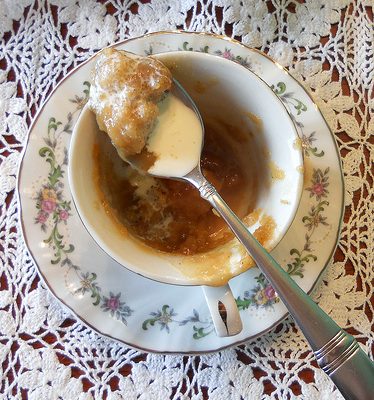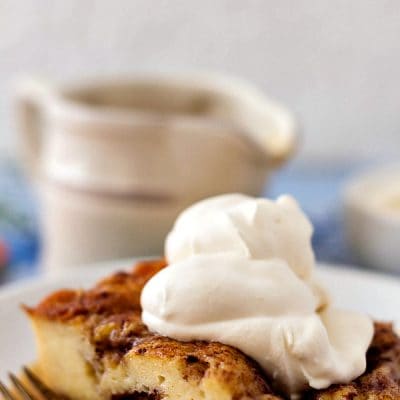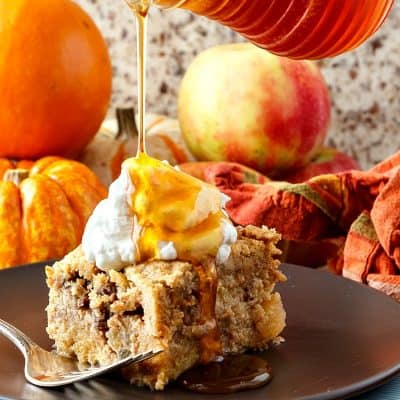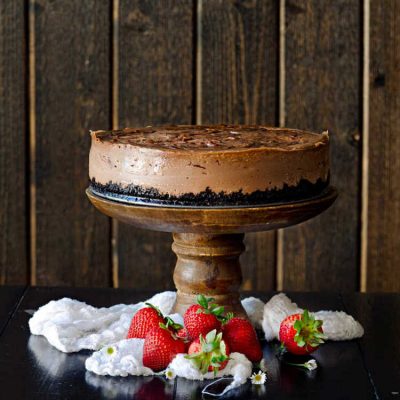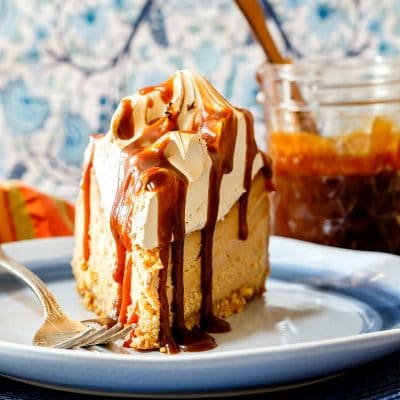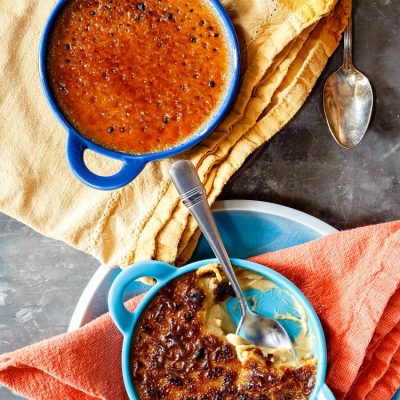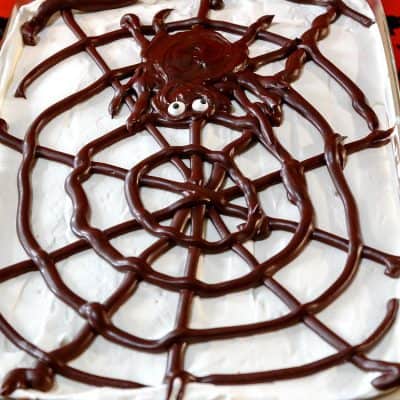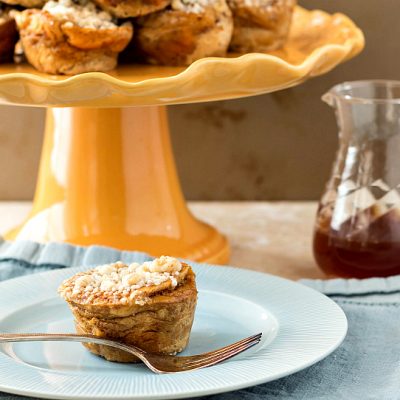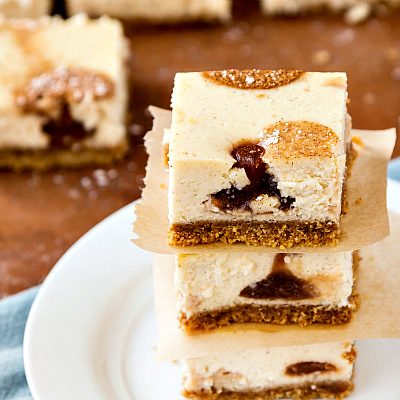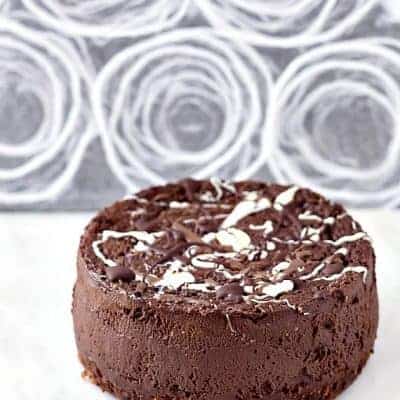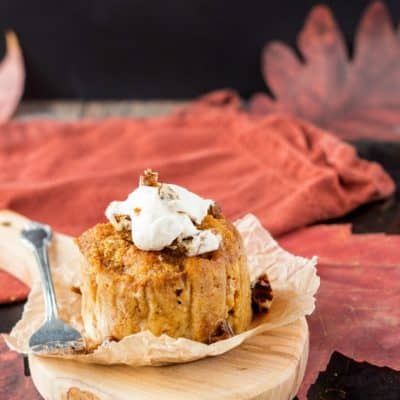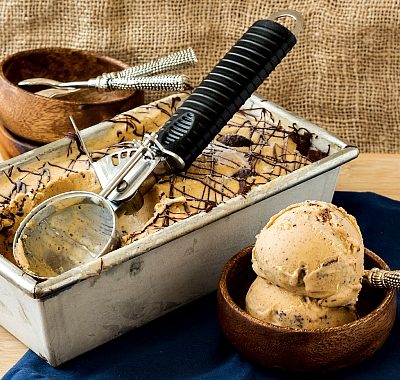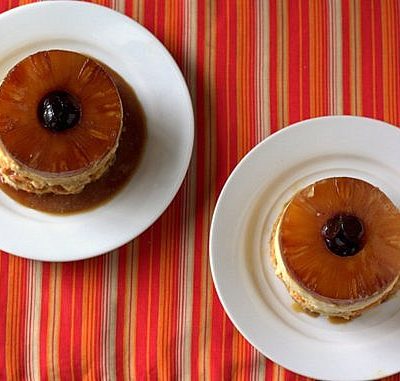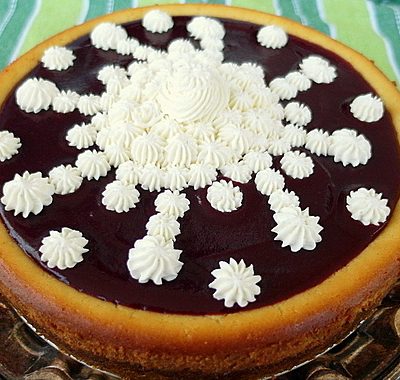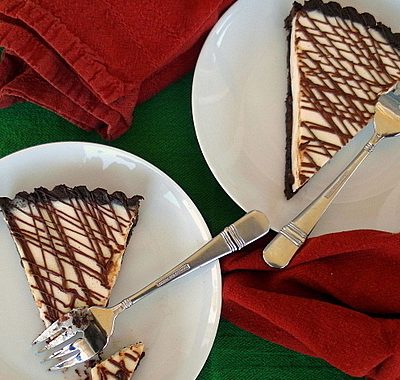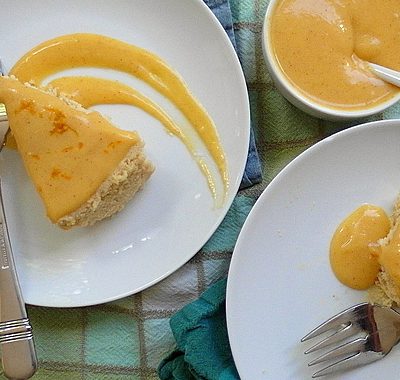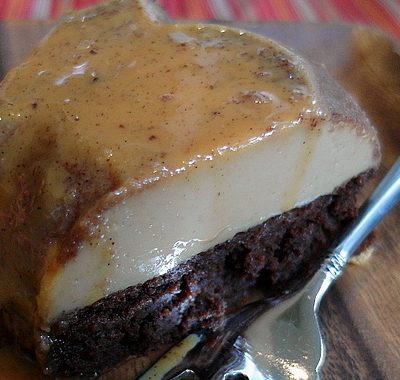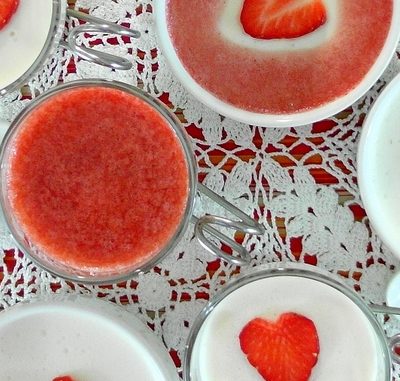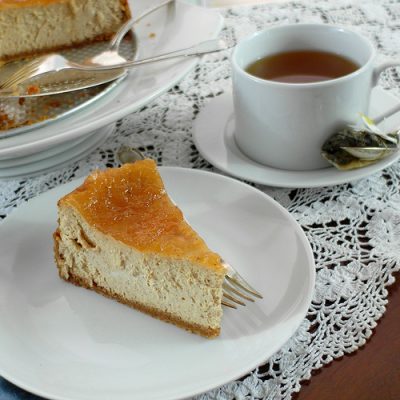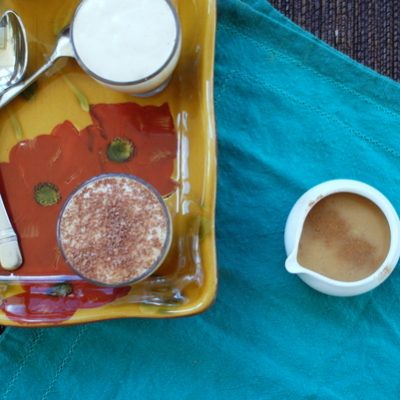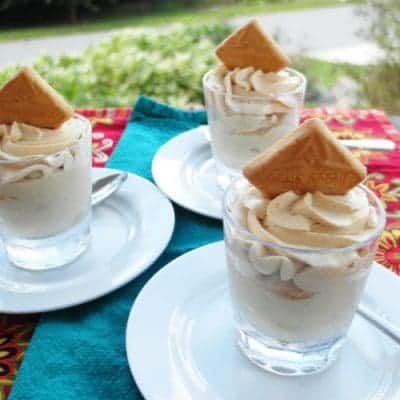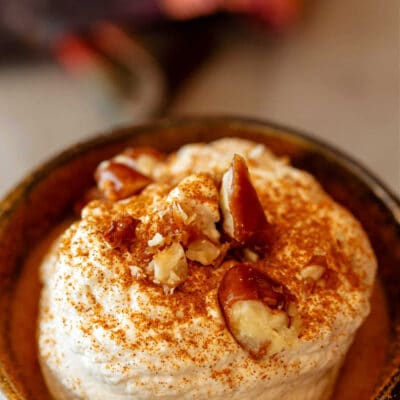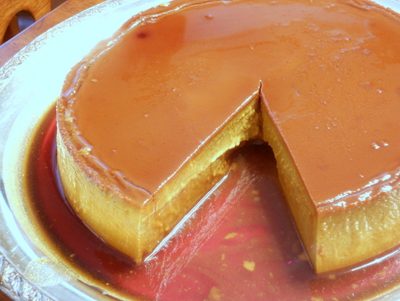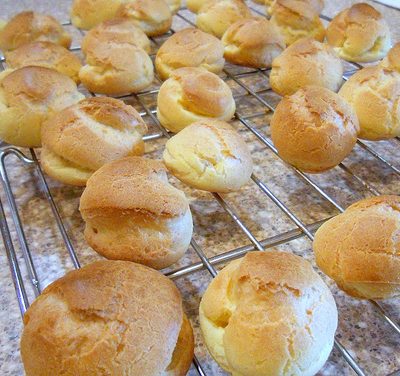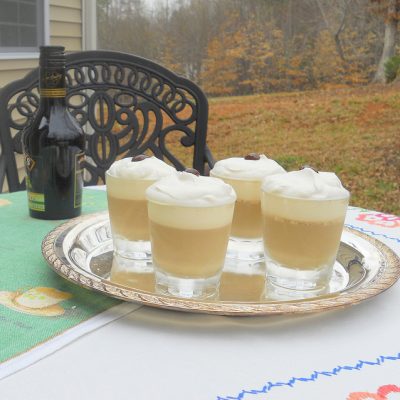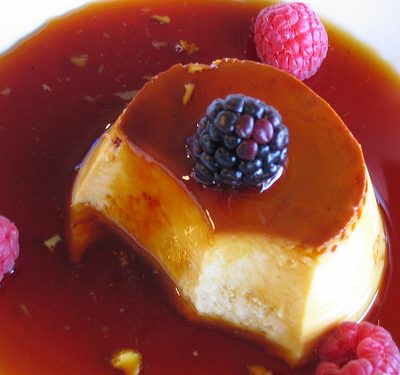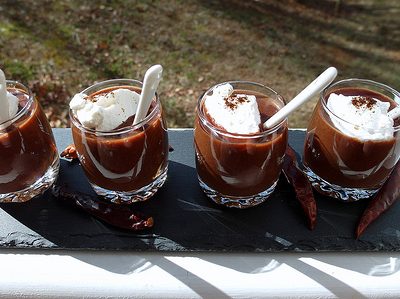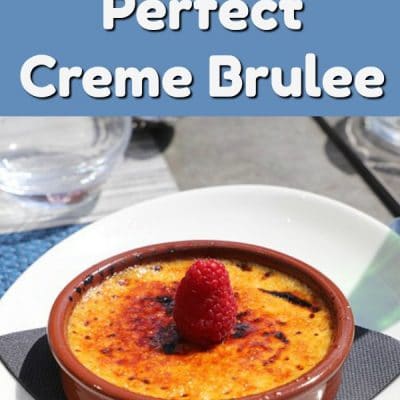Custard and Pudding Recipes
Here you'll find all my custard and pudding recipes. To learn more about custards, read on. Otherwise, click below to head straight to all the recipes.
GO STRAIGHT TO POSTS
What Is a Custard?
Custards are characterized by eggs. They are generally dairy-based and egg-thickened and can be sweet or savory.
Types of Custards
There are two main types of custards: stirred custards and still custards.
Stirred Custard
Stirred custards thicken while being cooked on the stovetop. Good examples include American pudding such as butterscotch pudding or chocolate pudding.
American pudding is generally starch-thickened and also contains eggs.
Arguably the most famous French stirred custards are creme Anglaise and pastry cream.
A sabayon or zabaglione is also a stirred custard that is whisked over a double boiler to create a foam.
Ice cream recipes that contain eggs--custard-based ice cream recipes--are also technically stirred custards, since they set while the base is being agitated.
Still Custard
Still custards are custards that set up in the oven without being stirred.
Examples are creme brulee, creme caramel (flan), and pots de creme.
And don't forget cheesecake, which is also a still custard. Dairy-based and thickened with eggs, right?
The Difference Between Pots de Creme, Creme Caramel (Flan), and Creme Brulee
Most classic custards, both stirred and still/baked have the same general set of ingredients: eggs, dairy, and sugar being the three most prevalent.
The only differences among the custards are in
a)using yolks versus whole eggs,
b)the amount of fat in the dairy (whole milk, half and half, heavy cream),
c)any additional components, such as caramel for crème caramel/flan or a crunchy layer of caramel for crème brûlée.
Similarities
Let’s look at the similarities, first.
All custards that are to be baked must not have thickened (fully cooked) before baking.
If they are thick and pudding-like when they go into the oven, the best you can hope for is forming a skin on top of creme Anglaise. Not so great.
Also, baked custards are generally served chilled. Chilling mutes the sweetness as well as some of the egginess.
As well, butterfat in the dairy will firm up in the fridge, adding to a creamy mouthfeel.
Water Baths
All baked custards not containing an additional starch (as in New York cheesecake) or not in a crust (ditto, cheesecake) are baked at a very low temperature in a water bath.
The water ensures a moist cooking environment and can help minimize browning and Nasty Skin Formation.
The water also keeps the sides of the ramekins/baking pan at no more than 212F.
This, in turn, helps to keep the baking custard from boiling.
If boiling Happens, you’ll end up with a curdled custard. Sweet scrambled eggs. Gross.
Also, you’ll end up with wee bubbles all up the sides of your custard. This is the first thing I look for in a flan when I order one for dessert.
If there are bubble holes up the sides, it is almost guaranteed to be overcooked and curdled. Again, gross.
Differences
First, texturally.
Pots de crème are the most loosely set of the baked custards. That’s why they’re baked in cool little lidded pots.
If you tried to turn it out of the baking tin, you’d just end up with a thick-but-flowing creme Anglaise type deal all over your plate.
On the other end of the firmness spectrum, you’ve got crème caramel, which is sturdy enough to turn out so its lovely caramel sauce can run down and pool most alluringly on the plate.
The firmness of a custard is directly related to the ratio of eggs to dairy as well as to the amount of sugar.
The more sugar in the custard, the less firm it will be and the longer it will take to bake.
Custard Formulas per 8oz of dairy
(these proportions are not set in stone–you’ll find all kinds of formulas out there. Hopefully, it goes without saying that salt and vanilla (at least) go in each of these custards)
- crème brûlée=8 oz heavy cream+1.5 oz sugar+3-4 yolks. With its makeup of all yolks and heavy cream, crème brûlée is the richest of the baked custards.
- pots de crème=8 oz half and half+3 oz sugar+3 yolks. While the pots de crème contain the same number of egg yolks as the crème brûlée, the extra sugar makes them less set. Pots de crème are slightly less rich than crème brûlée because of the use of half and half instead of heavy cream.
- Crème caramel=6 oz milk+2 oz heavy cream+1.5 oz sugar+1 egg +2 yolks. The use of whole egg helps the custard to set firmly while the extra two yolks lend to the richness. There is less butterfat in crème caramel because 3/4 of the dairy is in the form of whole milk.
Custard Wiggliness/Mouthfeel
The more firmly set a custard is, the more wiggly it is.
If it weren’t firmly set, it wouldn’t cut cleanly or wiggle when you hit it with a spoon. It would just kind of slump.
You can enhance the firmness by using some sweetened condensed milk or coconut milk for part of the dairy.
This mainly has to do with mouthfeel, but I am a Fan, so I usually make mine with some SCM.
You can increase the number of whole eggs to get a firmer set, but you do run the risk of getting a rubbery flan, so I say err on the side of caution.
Increasing just the yolks by 1 yolk per 8 oz of dairy will give you a more smooth and luscious mouthfeel, thanks to the emulsifiers present in egg yolks.
Adding some starch to your mix can inhibit curdling, thus lending a smoother texture.
If you use a water bath and bake at 250-275-ishF, that shouldn’t be an issue, but if you want to take out some extra insurance, you can add just over 1/4 tsp cornstarch or tapioca starch for each cup of dairy.
Curds
A curd is a close cousin of custards. Rather than being dairy-based, though, curds are fruit juice-based. They are usually citrus-based, but any tart fruit will do.
You'll find examples of curd recipes in my key lime pie donuts, creamy key lime parfaits, pumpkin butter cheesecake with tangerine curd, and lavender creme fraiche ice cream with blueberry lemon curd.
Panna Cotta
While panna cotta is not technically a custard, I include my panna cotta recipes here because they act more or less the same as custards.
Rather than being set with eggs--most do not contain eggs at all--they are set with gelatin.
If you're a fan, check out my coffee panna cotta and my chocolate panna cotta recipes.
Equipment Recommendations for Making Custards (Affiliate Links)
For stirred custards, your best friend is going to be a saucier. The sloped sides make it really easy to get your whisk into the corners of the pan so you don't get any pesky sticking.
And it's always a good idea to have an array of pudding dishes/dessert bowls or ramekins.
Here are a few you may really like:
For creme brulee specifically, you will want wider, shallow ramekins so you have a nice large surface area to hit with your torch. I find these to work really well and are an excellent size to get a good portion--but not too much--of this super-rich dessert:
Use a rimmed half-sheet pan or a shallow roasting pan for a water bath.
And for baking cheesecakes, I really like a 2-piece push pan more than I like using a springform pan. The design is less bulky so it's easier to set down inside a water bath.
And now, here are all my custard recipes. If you still can't find what you're looking for, please shoot me an email. I'm happy to help!
